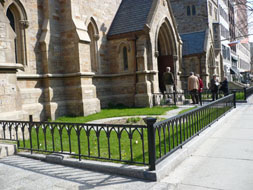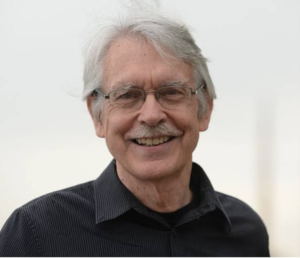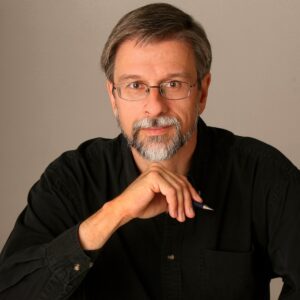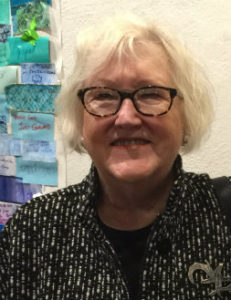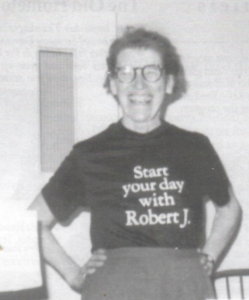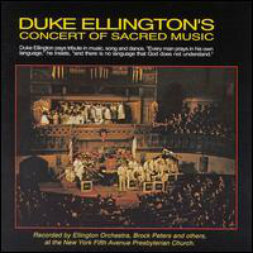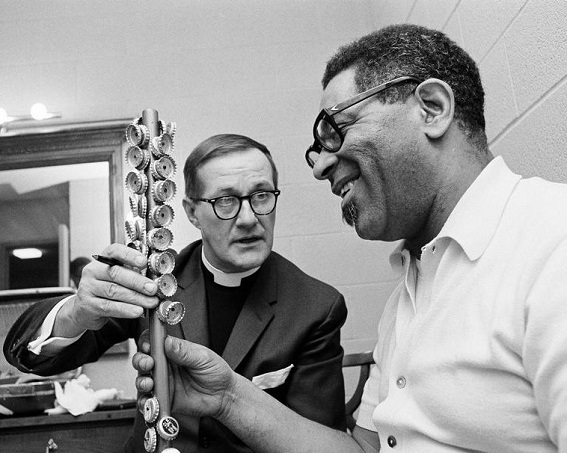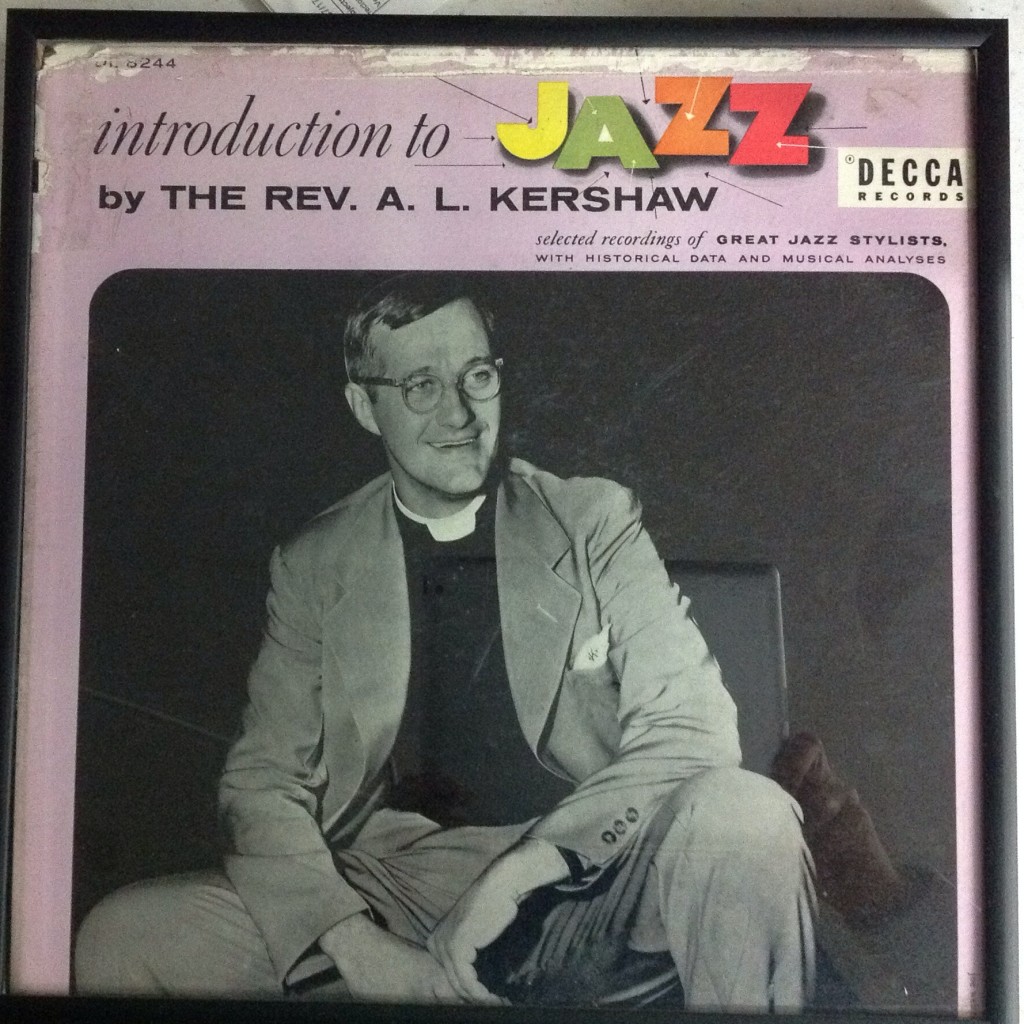- The Rev. Dr. Mark Harvey began his jazz ministry and founded the Jazz Coalition (later the Aardvark Jazz Orchestra), which sponsored concerts, liturgies, and festivals here over the next four decades. See also his Timeline of Jazz @ Emmanuel.
- March 3. As our sponsored seminarian, Pauli Murray preached from our pulpit her inaugural sermon on a passage she had selected (Isaiah 61: 1-4), entitled ” Women Seeking Admission to Holy Orders: As Crucifers Carrying the Cross”.* Saying that Emmanuel “sent me forth as a member of your congregation with your blessings and prayers to begin my training for the Sacred Ministry”, she asked:
Why in the face of the devastating rejection at the Louisville General Convention of last October, 1973–a rejection which Bishop Paul Moore of NY has called the violation of the very core of their personhood–[have the women seeking ordination to the priesthood] only increased their determination to enter the higher levels of the clergy?
Then paraphrasing Isaiah 53:3, she prophesied:
I believe that these women are in truth the Suffering Servants of Christ, despised and rejected, women of sorrows and acquainted with grief. They are answering to a higher authority than that of the political structures of our Church, and in the fullness of time God will sweep away those barriers and free the Church to carry forward its mission of renewal as a living force and God’s witness in our society.
* Reprinted in Daughters of Thunder: Black women preachers and their sermons, 1850-1979, Bettye Collier-Thomas (NY: Jossey Bass, 1998), pp. 240-44. Please see also About Pauli Murray and our Timeline entries about her: 1951,1970, 1973, 1977, 1985, 1987, 2012 & 2015.
